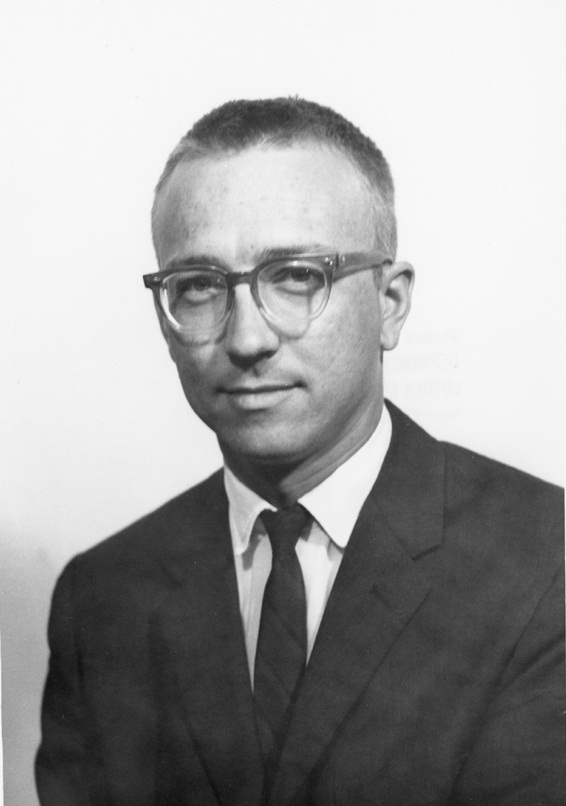<Back to Index>
- Mathematical Physicist Carl Henry Brans, 1935
PAGE SPONSOR


Carl Henry Brans (born December 13, 1935) is an American mathematical physicist best known for his research into the theoretical underpinnings of gravitation elucidated in his most widely publicized work, the Brans – Dicke theory.
A Texan, born in Dallas, Carl Brans spent his academic career in neighboring Louisiana, graduating in 1957 from Loyola University New Orleans. Having obtained his Ph.D from New Jersey's Princeton University in 1961, he returned to Loyola in 1960 and, in 1970, was appointed professor of physics. Since then he has held visiting professorships at Princeton University, the Institute for Advanced Studies, and the Institute for Theoretical Physics at the University of Koeln, Germany.
Brans is well known among those engaged in the study of gravity and is noted for his development, with Robert H. Dicke of the Brans - Dicke theory of gravitation in which the gravitational constant varies with time, a leading competitor of Einstein's theory of general relativity. The work of Brans and Dicke actually was closely related to earlier work of Pascal Jordan, but was developed independently. Properly this should then be called the "Jordan - Brans - Dicke," JBD, scalar - tensor theory of gravity. In this theory, based on speculations of Dirac and others, a universally coupled scalar field, in addition to the metric, is introduced which ultimately results in a theory in which the gravitational constant depends on the distribution of matter in the universe. A number of very accurate measurements made in the late 1970s has failed to detect this and some of the other predictions made by the Brans - Dicke theory. However, recent developments in string theory and cosmology as renewed interest in scalar field modifications of standard general relativity.
Recently Brans began the study of developments in differential topology concerning the existence of exotic (non - standard) global differential structures and their possible applications to physics. This work includes looking at the exotic 7-sphere of Milnor as an exotic Yang - Mills bundle, and most especially the infinity of exotic differential structures on Euclidean four space as alternative models for space - time in general relativity. Much of this work has been done in collaboration with Torsten Asselmeyer - Maluga of Berlin. Together they published a book, Exotic Smoothness and Physics.